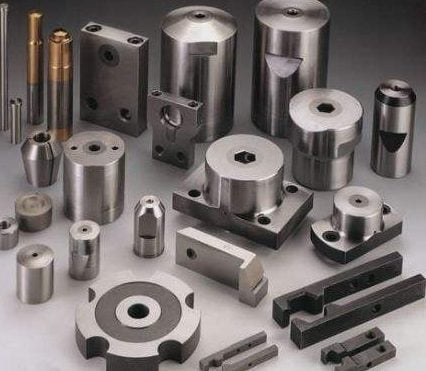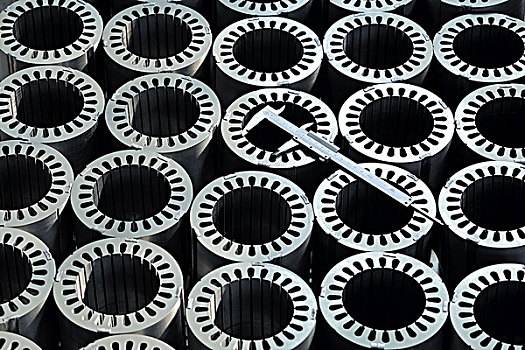Precision parts processing has many advantages. We have shared with you the specific advantages of precision parts processing before. The most obvious one is that it can reach the high precision that ordinary processing cannot reach.
High precision also depends on precise processing equipment and accurate restraint system, and the use of precision mask as an intermediary to achieve the removal or addition of external surface material to make very fine control, so what are the characteristics of precision parts processing? The following is a small edition to give you a detailed introduction:
First, precision parts cutting
The main parts are precision turning, mirror grinding and grinding. Micro-turning is performed on precision lathe with single crystal diamond turning tool which is finely ground. The cutting thickness is only about 1 micron. It is often used to process high-precision and highly smooth surface parts such as spherical, aspheric and planar reflectors of non-ferrous metal materials

Two, precision parts processing
When precision parts machining accuracy is in nano, or even finally in atomic unit as the target, ultra-precision parts cutting methods can not adapt, it is necessary to use special precision parts processing methods, namely the application of chemical energy, electrochemical energy, heat energy or electric energy.
These energies exceed the interatomic joint energy, so as to remove the interatomic attachment, joint or lattice deformation on the surface of the workpiece, so as to achieve the purpose of ultra-precision machining.
Special processing of ultra-precision parts
When the machining accuracy of ultra-precision parts is nano, or even finally atomic unit, the cutting method of ultra-precision parts can not adapt to it. It is necessary to use special precision parts processing methods, namely, the application of chemical energy, electrochemical energy, heat energy or electric energy.
These energies exceed the interatomic joint energy, so as to remove the interatomic attachment, joint or lattice deformation on the surface of the workpiece, so as to achieve the purpose of ultra-precision machining.
These processes include mechanical and chemical polishing, ion sputtering and ion implantation, electron beam aeration, laser beam processing, metal evaporation and molecular beam epitaxy.













